Problem Description
All ships are obliged by the UN to yield their position at all time, but for different reasons, the vessels turn their signal to be invisible. The reason for going dark might be an illicit activity like illegal fishing, smuggling or covert military operations. This is an important part of global Maritime Domain Awareness. Vake tackles this problem by using independent sources of information, satellite imagery. This way they provide insight into this dark activity even when the vessel goes dark. The goal is to deliver this insight in real-time by applying the image analysis on-board satellites. Vake is working with operational maritime users groups, to make the oceans safer and more transparent. The student will research methods of adapting (ship detection) convolutional neural network models to onboard computers, such as an FPGA while maintaining model performance. The student will compliment ongoing development toward an in-orbit demonstration.
Company
Vake’s is a Norwegian space tech startup providing insight into global ship movements. It all started as a Master Thesis delivered by the founders in 2018 at NTNU. Vake has later received awards for their innovation from both NATO and the European Space Agency (ESA). The student will work closely with the founding team to support the core development of the company. The team has mentored several Master Theses which has led to results that directly fuel their customer-facing solutions. The founding team has a background in Machine Learning and Geospatial data analysis from NTNU and will be invested into following up the student.
Challenges
The business challenge is related to providing insights into dark vessel activity in real-time and maximising the detection recall while controlling the false alarm rate. Scientific challenges may include:
- optimising model for fast computation, e.g. by neural network pruning and quantization aware training
- research what requirements the NN architecture has to the hardware/firmware, and projected performance
- research what requirements the hardware has to the NN architecture – balancing efficiency vs accuracy
how does mission-specific goals and requirements shape the solution
The proposed approach is using Vitis AI to adapt Pytorch-models to a Xilinx FPGA. Thesis information This will be available as a 6-month project thesis followed by a 6-month master thesis. The student will have the possibility of sitting partially in-house at our Oslo office, and remotely from Trondheim.
For more information, don’t hesitate to reach out. The main company contact and supervisor is:
Adrian Tofting – adrian@vake.ai
To apply for this job email your details to adrian@vake.ai

